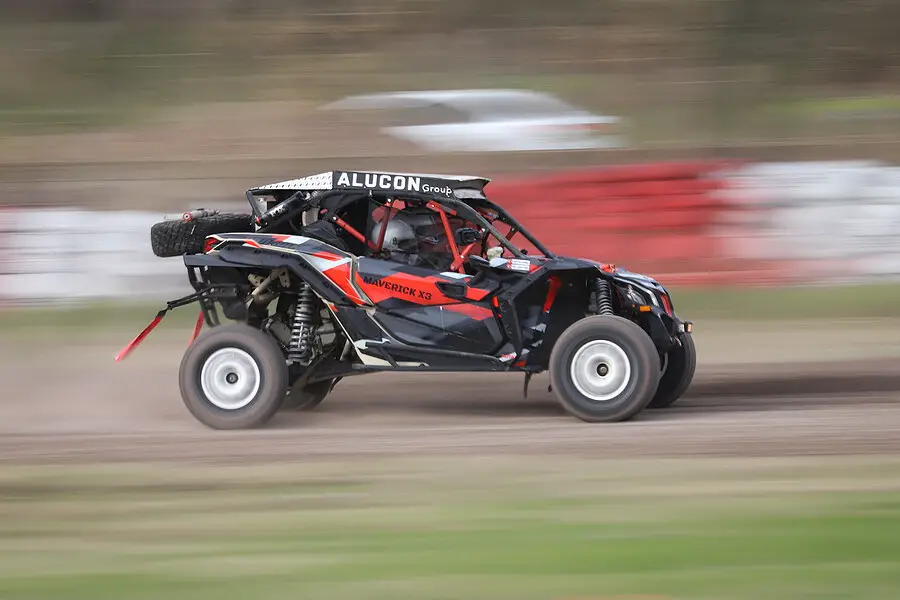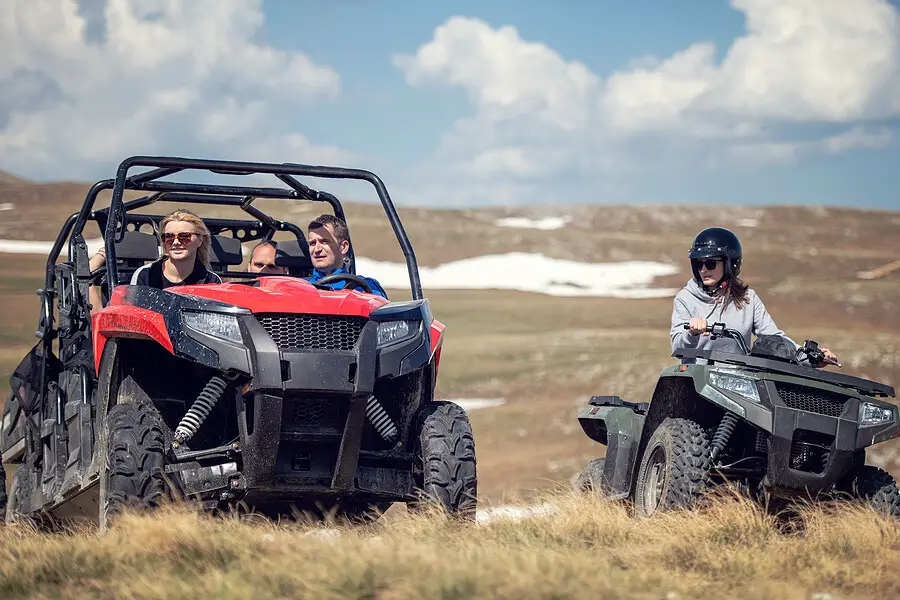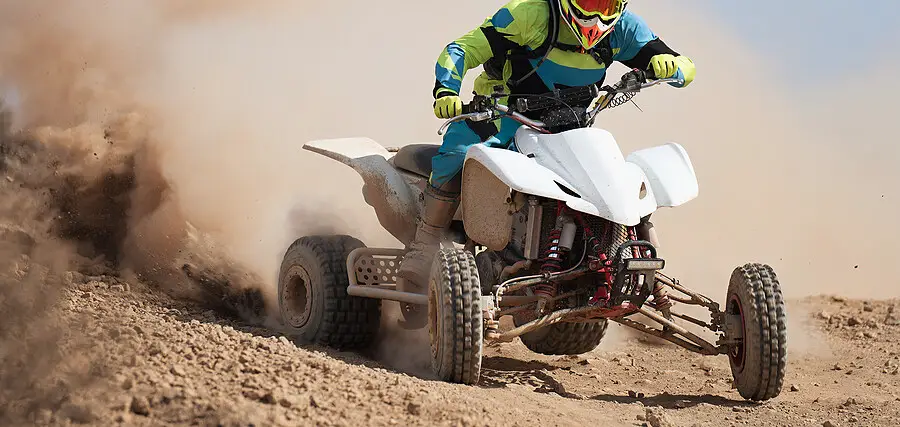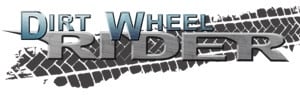
While many four wheelers are used for work, exploration, rescue, and general adventure many are also used strictly for thrill seeking which often times requires speed! With speeds ranging from from 30 to 75 miles per hour or better, ATVs definitely answer the need for speed. Let’s look at what makes ATVs go fast and what it means for you as a rider.
Principles of ATV Speed
It’s hard to understand the word speed without breaking down 2 core words that are big factors in determining speed, horsepower and torque. Horsepower is the gauge by which engine performance is measured. In most cases the greater the horsepower the faster the ATV can go. What needs to be considered when talking horsepower is the correlation between horsepower and engine size. Greater horsepower often means bigger engine which equals greater weight and ultimately negative impacts on speed. Matching the right frame size with the right amount of horsepower and engine size is the combination for higher speeds. Keep in mind that the different types of ATVs have differences in all 3 so understanding what those differences are is key.
Torque is the other core word in determining ATV speed. It is the amount of force applied to a four wheeler’s engine which causes the ATV to move. Many riders don’t just want to know that an ATV can travel fast on a flat surface but they also want to know how well the speed performance will be off road on rougher terrain. This is where torque is of the greatest importance to speed as it aids the ATV by producing power to help handle those surfaces with greater speed. While it may not have as direct of an impact on speed as horsepower does, higher torque leads to faster acceleration times which can positively impact speed.

Here is a breakdown of key components for each of the ATV types relative to their speed:
| ATV Type | Size (Length x Width x Height in inches) | Weight (lbs) | Seating Capacity | Average Cost (USD) | Engine Size (cc) | Power (HP) | Top Speed (MPH) |
|---|---|---|---|---|---|---|---|
| Sport ATV | 72 x 46 x 42 | 350 – 400 | 1 | $5,000 – $10,000 | 200 – 450 | 20 – 50 | 55 – 75 |
| Utility ATV | 80 x 48 x 49 | 600 – 800 | 1 – 2 | $7,000 – $12,000 | 350 – 600 | 30 – 45 | 50 – 65 |
| Youth ATV | 50 x 30 x 33 | 210 – 250 | 1 | $2,000 – $5,000 | 50 – 125 | 2 – 10 | 10 – 30 |
| Side-by-Side | 120 x 64 x 75 | 1,200 – 1,600 | 2 – 4 | $10,000 – $25,000 | 500 – 1000 | 50 – 120 | 45 – 75 |
***Keep in mind, these values represent a broad range and your specific ATV can vary based on the manufacturer, model, and included features***
Comparing ATV Speeds
Looking at ATVs in general there are four main types that you will mainly see on the four wheeler scene and each one has different levels in speed. Starting with the slowest, the Youth ATV while having speed is designed more for the safer voyage that can be better enjoyed by our smaller and more novice riders. In light of this they have lower horse power (2 to 5 hp) and top speeds between 5 to 30 mph depending on style and model. The goal is more control and better safety so speed isn’t typically a priority for this type of ATV.

Next we look at the heaviest, more passenger focused type which is the Side-by-side UTV style four wheelers. Because they are designed to carry multiple passengers and cargo they are more diverse in ranges of speed and horsepower. The more recreational versions of this type have max speeds up to 50 mph while the sportier styles can hit up to 80 mph. Horsepower ranges are typically between 50 and 100 hp with torque designed with speed and hauling capabilities in mind.
Utility ATVs often have designs that put work and work like functions over the need for speed as to aid in the ability to carry bigger loads, tow heavier objects and function in a more task oriented environment. Horsepower lingers between 15 to 50 hp with top speeds hovering around 50 mph. Torque however is increased in these ATV types to help with better towing capacity so while you may get to your top speed faster in some cases the top speed is still lower than our fastest and final type.

Our fastest and final type is the king of the speed producers when it comes to the ATV space. Sport ATVs are centered around high levels of recreation, competition, and general enjoyment which means they can’t be slow by design! To get the proper off-road thrills and performance satisfaction these ATVs have higher horsepower (30 to 70 hp) and can travel at top speeds up to 80 mph. Torque is also preferably higher to equal faster accelerations which helps maintain higher speeds on rougher terrain.
In summation we find that ATV speeds are determined based on a number of factors that make speed possible from torque, to weight, aerodynamics and design, horsepower etc. Our fastest ATV types, the Sport ATVs, are designed with speed in mind while the slower ATVs (the Youth and Utility ATVs) have designs that make speed secondary to features promoting safety, control, load bearing and task completion.

